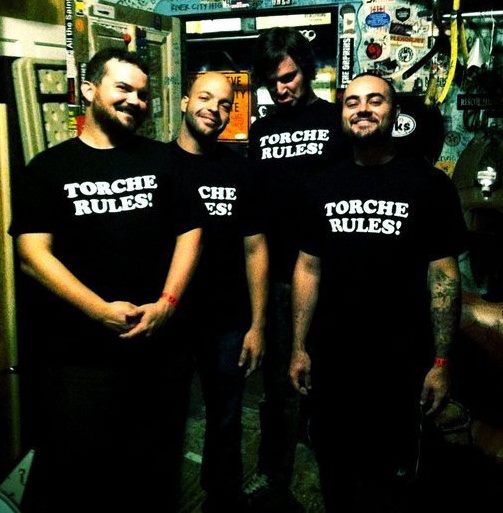Unspooling last week at the Gateway was the documentary Room 237, a collection
of theorists expounding on hidden meanings waiting to be deciphered in Stanley
Kubrick’s 1980 film, The Shining.
While I’m among those who really enjoy Kubrick’s films, I wouldn’t call myself an
aficionado in any sense, and I’m certainly not in the same zip code with the folks
who share their theories on The Shining in Rodney Ascher’s film.
The theories themselves, told by a variety of voices, range from the reasonable
English-major reading – comparing Jack Nicholson’s character to the myth of the
Minotaur – to the post-cultural (The Shining as a retelling of the subjugation of
Native Americans) – to the fantastic – that The Shining is Kubrick’s way of confessing
to having faked the moon landing footage for NASA in 1969. And thought that may
seem absurd, for a minute or two in there, you start to wonder. Kubrick himself
is reputed to have has a 200+ IQ, and you’re given to understand that not a single
element appears in his frames by accident.
What’s more, the filmmakers choose not to show any images of those articulating
the theories – in fact, at some moments the audio garbles such that I suspect the
interview was happening over Skype. While much of the b-roll is from the Shining
itself, the filmmakers bring in clips from across Kubrick’s body of work, with some
emphasis on Eyes Wide Shut, 2001: A Space Odyssey and Full Metal Jacket.
The net effect of this is that you leave the film with a very good sense of Kubrick’s
visual language. As the speakers draw out attention to the slightest details in each
scene – the window in the manager’s office, Danny’s Apollo 11 sweater, the shapes
in the carpet – you find yourself looking intently at each new scene. When we’re
seeing clips from Eyes Wide Shut or 2001, as viewers, we’re applying a heightened
attention to each image.
One of my favorite theories shared in Room 237 has to do with Stephen King, who
famously despised Kubrick’s treatment of his novel. In King’s novel, Jack, Wendy
and Danny Torrance drive to the hotel in a Red VW bug. In Kubrick’s film, they
are driving a yellow VW bug. Big deal? Maybe not – until you notice that late in the
film, as Scatman Cruther’s Dick Hallorann is driving through the snowstorm in an
attempt to reach the hotel. As he drives up the mountain, he passes a wrecked semi
that has crushed a car.
The car is a red VW bug.
Is this Kubrick giving Stephen King an indirect but visual middle finger? After seeing
Room 237, I was certainly ready to think so.
This documentary is engaging and watchable for anyone who enjoyed The Shining,
and not just the Kubrick super fans out there. While I would have liked to see the
faces of the theorists (if even as stills in the credits), overall the film was 90 well-
spent minutes. Its run at the Gateway has ended, but the film is on iTunes, Xbox
Video and many Cable VOD services now.

Above: See that can of Tang on the shelf behind the voice of Hong Kong Phooey?
Definitive proof that the moon landing was faked.







Scatman Cruthers also starred alongside Richard Pryor in “Lady Sings the Blues” (the biopic of a Kubrick fav – Billie Holliday). Richard Pryor heavily influenced the comedic stylings of Louis C.K., who in 2001(!) wrote the groundbreaking “Pootie Tang”, who’s title character has the last name of “Crouthers”. Tang on the shelf behind Scatman… Mind. Blown.